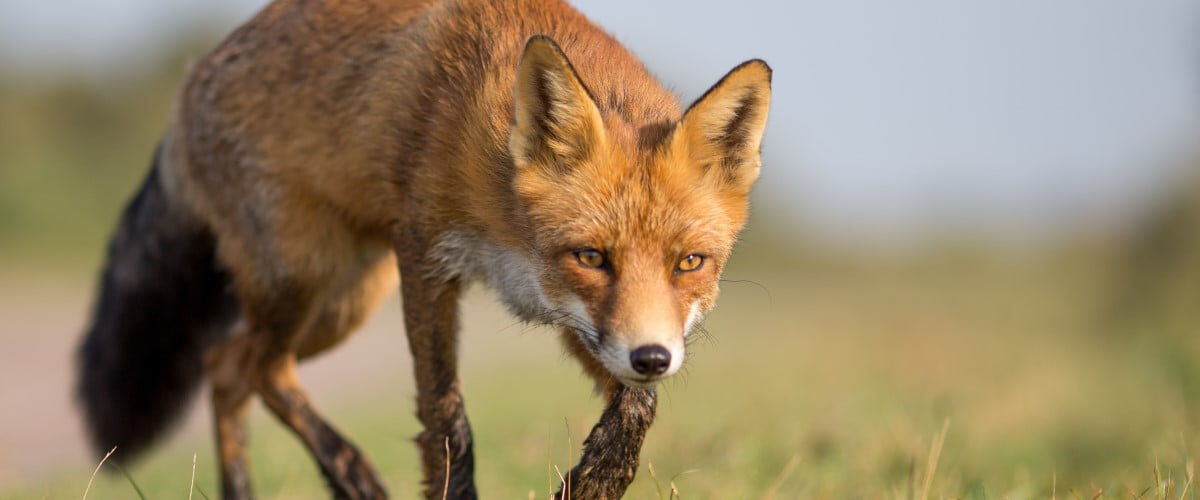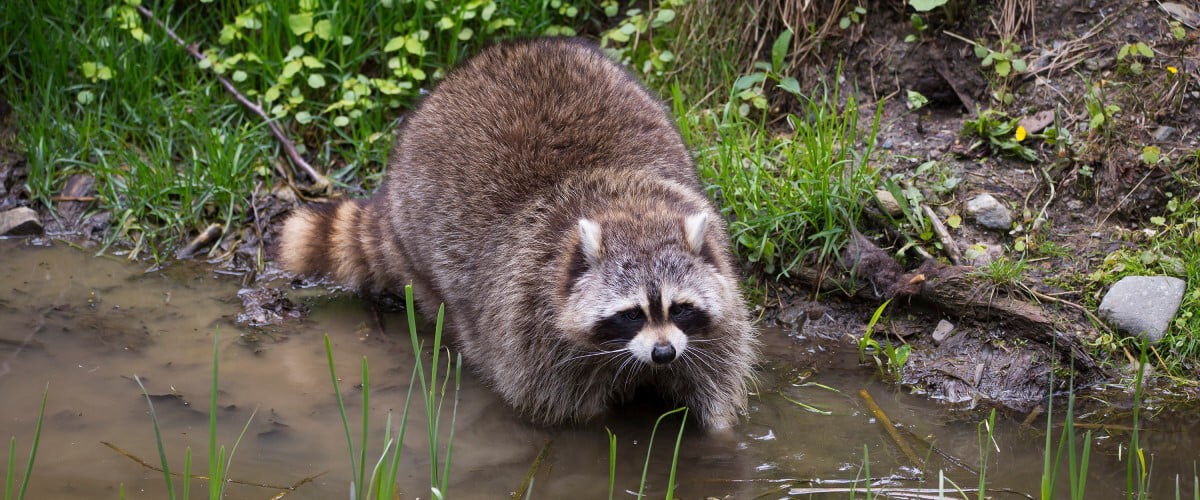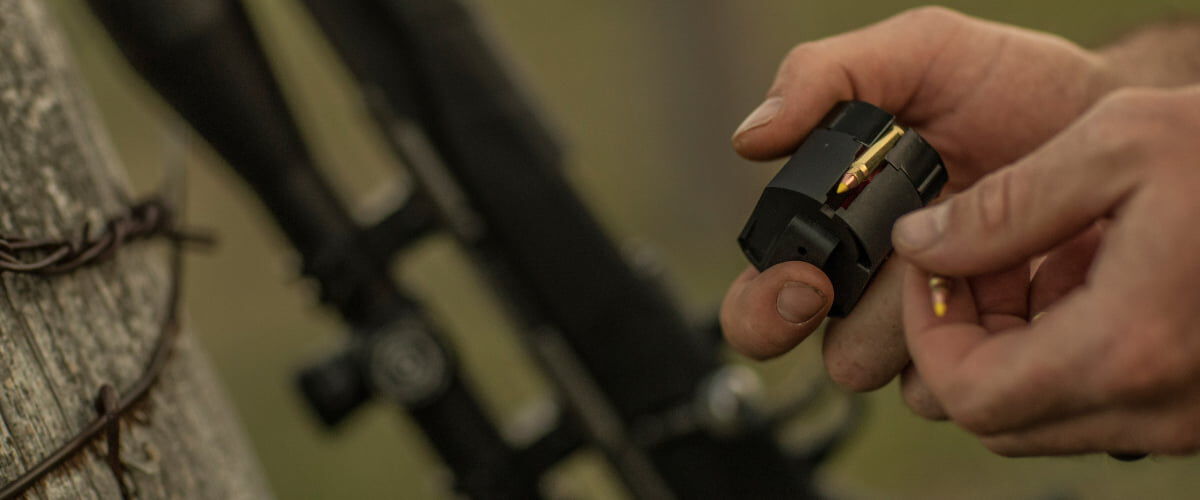
My family owns a farm in southern Ohio, and during my adolescent years it wasn’t uncommon to flush multiple coveys of quail there in a single day. Hunts were generally high-success affairs, and if you grew tired of chasing bobwhites, there were plenty of grouse in the surrounding Appalachian foothills to occupy a bird hunter’s time.
Things changed dramatically in the 1990s. Quail populations went from abundant to scarce in a few years, and by the time I graduated high school the birds had largely been extirpated. There was also a decline in grouse populations in the area, and in the last 10 years of hiking and hunting large tracts of public land in Appalachia, I haven’t flushed a single bird.
What happened? Certainly, habitat loss, invasive species and modern farming practices impacted game birds. But the trend also coincided with a crash in the fur market that has caused a spike in the number of small nest predators, namely raccoons, opossums, skunks and foxes. All have a penchant for the eggs of ground-nesting birds and waterfowl.
The Effect
How severe is the impact of nest predators? A study at Texas A&M University showed that only about 28 percent of wild quail nests were successful and indicated that only about five of every 100 eggs laid resulted in a quail reaching adulthood. Raccoons were responsible for 91 percent of nest predations in that study.

Foxes are primary waterfowl predators, and a study in the Dakotas revealed that waterfowl breeding areas with foxes had just a 2 percent chance of avoiding predation. A similar study showed that foxes rely heavily not only on duck eggs but adult ducks as well. Foxes were estimated to consume up to 900,000 ducks in the Prairie Pothole region each year, and their habit of caching eggs—removing every egg and relocating them for later consumption—further reduced nesting success rates.
Pest Control For Conservation
Nest predators take a heavy toll on game birds and waterfowl each year, and while predators do play a role in the ecosystem their numbers need to be controlled and managed if conservation efforts are to have any chance to succeed.
Hunters can help control predator populations, and pest and predator control can be a fun and exciting way to spend down time between hunting seasons. Most pest control efforts begin in winter or late spring when the cover is thinner, visibility is better and predators are on the prowl. Raccoons are routine visitors to bait sites (anyone who owns a trail camera can attest to this and likely has hundreds of photos to prove it), and the best time to hunt them is at night when they’re most active. Skunks and opossums are also active at night, and that’s the best time to encounter these animals.
Raccoons and opossums are also regularly hunted with dogs, with hounds and mountain curs being the most common options. Mountain curs in particular make versatile family dogs that are also very adept at hunting squirrels. What’s more, most mountain curs make excellent family companions since the breed was developed by early settlers in this country to guard homesteads and herd stock in addition to hunting.
The use of thermal optics has increased the success rate for small predator hunting. Since most nest-robbing species are active at night having a thermal scope makes it much easier to locate and dispatch them. Another valuable piece of kit for pest control is a suppressor. In many states it’s not illegal to hunt pest species at night so long as the season is open, and a suppressor reduces noise, an important consideration while hunting around developed areas where the sound of gunshots after dark is sure to draw ire from neighbors.
Cartridges & Ammunition
The smallest pests are sometimes the most prolific. The brown or Norway rat is the most widespread mammal in the world besides humans, and they take a toll on ground-nesting song and gamebirds. A suppressed 22 LR is sufficient for dispatching rats, but choose a bullet that is designed to expand and shed energy in these light targets. CCI’s Sub-Sonic HP 40-grain is an excellent choice for controlling rats and other small pests since it is quiet and effective at moderate distances.

While the 22 LR is effective for small pests, you’ll want to step up in speed and power for larger species like raccoons. The 17 HMR is an effective and versatile choice for raccoons and similar-sized species, and the added velocity (around 2,500 fps, more than twice as fast as most 22 LR ammunition) flattens trajectories and sheds substantially more energy on target. I’ve used CCI’s 20-grain Gamepoint and 17-grain V-Max on small predators, and both are effective.
The 22 WMR is another excellent choice, offering substantially better performance than the 22 LR. CCI’s Maxi-Mag 40-grain load clocks in at 1,875 feet per second is powerful enough to take raccoons, foxes, and even coyotes at moderate ranges.
Hunting Pests Helps Conservation
Reducing pest populations around your home and hunting area will improve the odds of survival for songbirds, gamebirds, and waterfowl and it’s a good excuse to spend time outdoors. It’s not a physically demanding pastime, and within a year or two you’ll begin seeing an increase in ground nesting bird survival rates. It’s a simple, affordable and effective method to conserve wildlife.